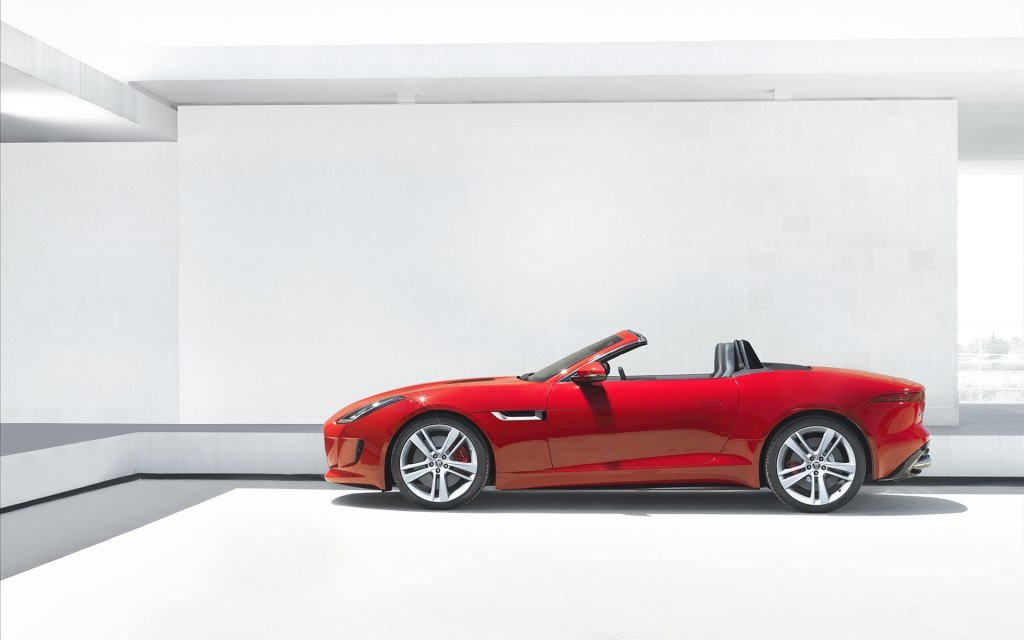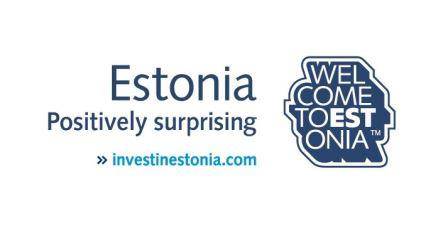When you sit behind the steering wheel of a BMW, Mercedes or a Jaguar, it is highly likely that a small part of your car has been made in Estonia.
Situated 130 kilometres (81 miles) from Tallinn, Pärnu is mostly known as a summer resort with a beautiful long sandy beach – a popular holiday destination even during the czarist Russian times. However, Pärnu is also home to a group of smart companies which, instead of subcontracting, focus on product development. One example is Oshino Electronics Estonia.
The company, which started in modest conditions in a dormitory back in 1992 under the name Paitec Elektroonika, today produces and develops interior lighting modules for various globally famous car brands. Brands such as BMW, Mercedes, Jaguar, Audi, Porsche and Land Rover use glove box or door handle lighting, number plate lighting or side markers produced by Oshino. The company started its first automotive industry project in 2001.
“It was complicated. But once you have one positive reference, it becomes easier,” recalls Ingvar Kuusk, CEO and one of the owners of the company. He explains that Oshino produces for a very narrow niche, which means the customers have more specific requirements and wishes. “There are no grey areas. Quality, quality, security of provision and more security of provision,” he says about the demands of their clients.
Kuusk explains there is tough competition in their field, especially when it comes to pricing. “For a while, Estonia’s advantage was in good infrastructure and low labour costs. Today we are no longer as competitive in terms of labour costs. In order to stay in business, we must guarantee flexibility and quality.”
Oshino Electronics Estonia is largely based on German capital, and the mechanical components of the products are made in Germany, where the lighting simulation is also carried out. “In Estonia, we create the schematic solutions and design the print plate and montage test packaging. Our services include product development, the contracting of plastic moulds, the development of the production and testing environment, and the procurement and production of components,” Kuusk says. In addition to the production of the electronics, software is also developed in Estonia today. “The products are becoming increasingly complex.”
Today Oshino is firmly established in the automotive industry. “People continue to produce and buy cars. Besides luxury brands, we also have projects for middle-class consumer vehicles. This increases turnover but has a very low profit margin,” Kuusk explains, adding that the company plans to continue its product development work, which means offering higher added value.
I
I
Brought to you by


